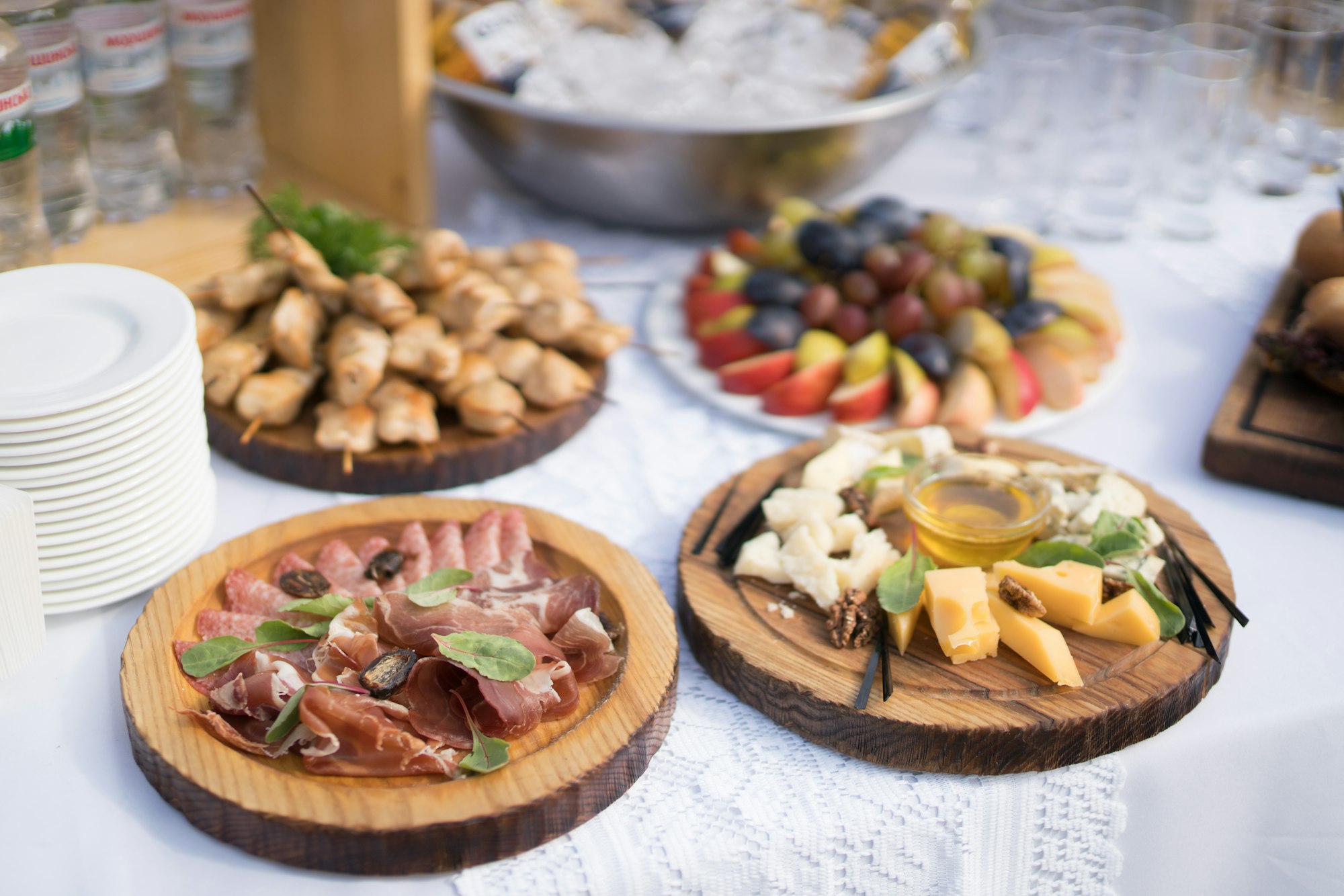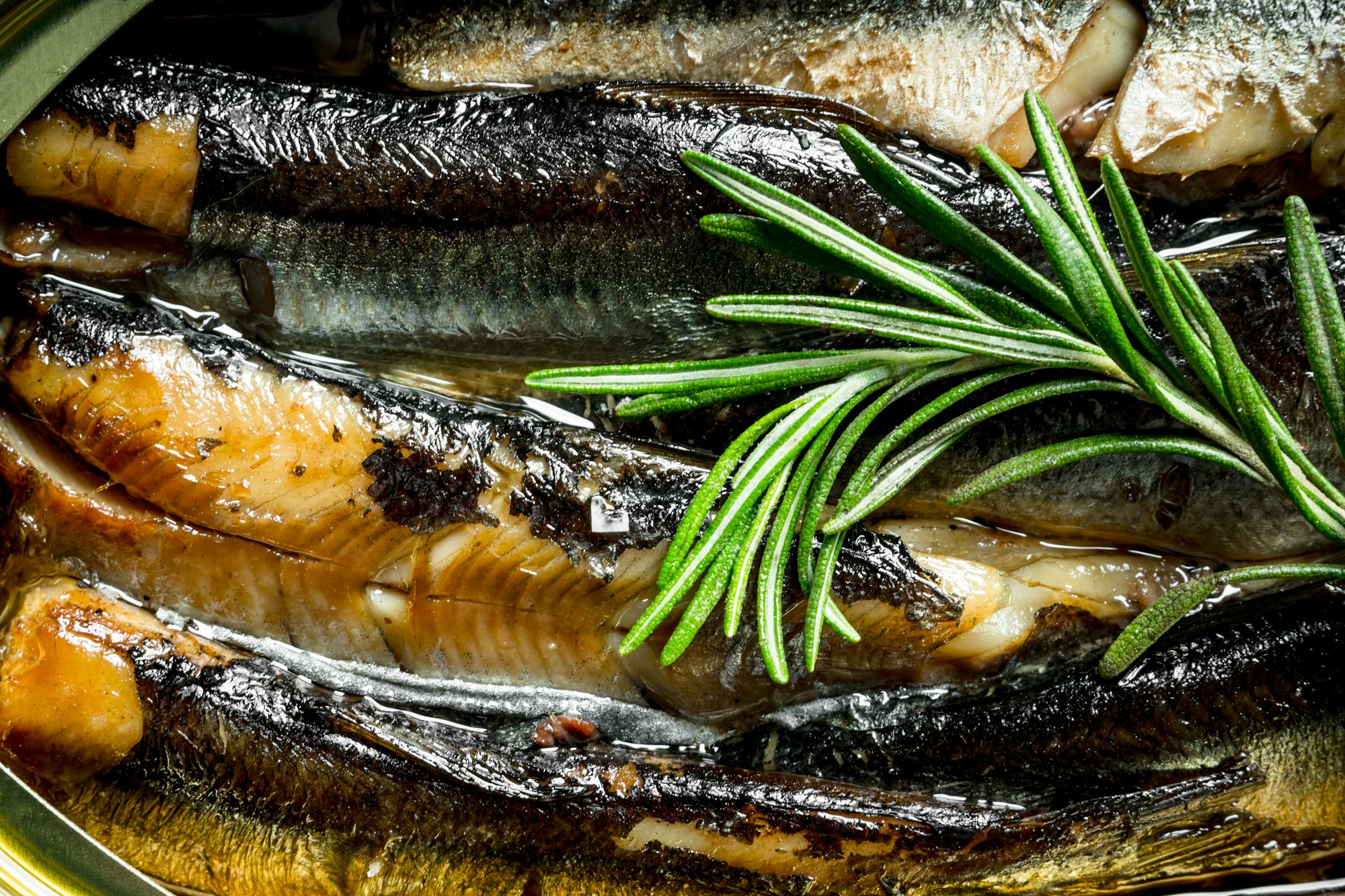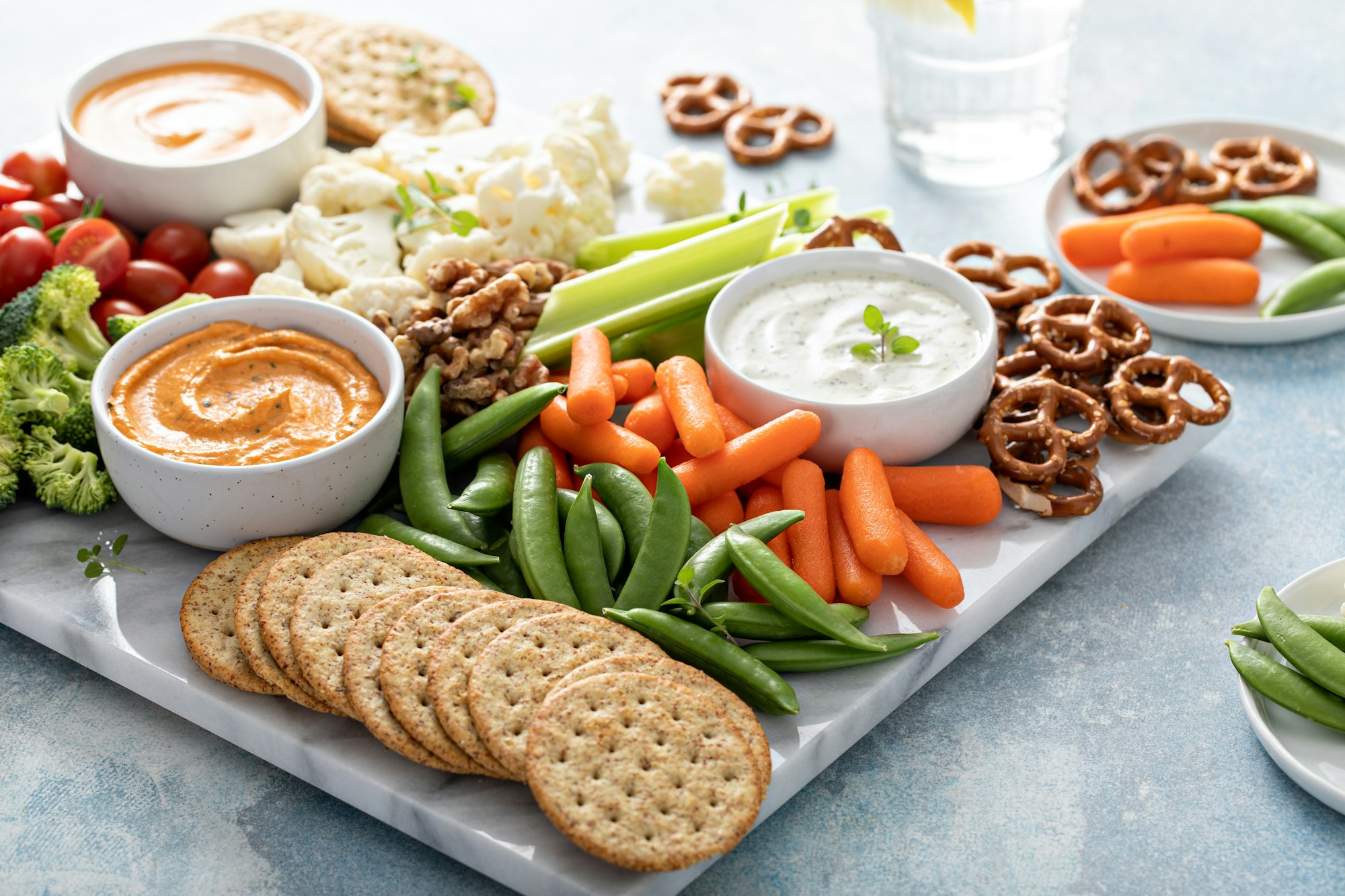In the world of gastronomy, food presentation is more than just a practical necessity—it is a form of artistic expression that transforms culinary creations into visually stunning works of art. From the meticulous arrangement of ingredients on a plate to the careful selection of tableware and garnishes, the art of food presentation engages the senses, stimulates the appetite, and enhances the dining experience. In this guide, we’ll explore the principles and techniques of food presentation, celebrating its role in elevating culinary creations to works of art that delight the eyes as much as the palate.
1. The Aesthetics of Food Presentation: Creating Visual Harmony and Balance
At its core, food presentation is about creating visual harmony and balance on the plate, using color, texture, shape, and form to create a visually appealing composition. Chefs draw upon principles of design, such as symmetry, proportion, and contrast, to create eye-catching arrangements that capture the imagination and evoke a sense of beauty and elegance. By carefully considering the placement of each component and the negative space around them, chefs create visually dynamic compositions that entice and captivate the diner.
2. The Role of Color and Contrast: Adding Visual Interest and Depth
Color plays a central role in food presentation, adding vibrancy, contrast, and depth to culinary creations. Chefs use a diverse palette of colors drawn from fresh ingredients such as fruits, vegetables, herbs, and spices to create visually striking compositions that stimulate the appetite and evoke a sense of freshness and vitality. By balancing complementary and contrasting colors, chefs create visual interest and dimension on the plate, enhancing the overall aesthetic appeal of the dish.
3. Texture and Layering: Adding Dimension and Complexity
Texture is another important element of food presentation, adding dimension, complexity, and sensory appeal to culinary creations. Chefs play with a variety of textures, from crispy and crunchy to creamy and velvety, to create dynamic contrasts and sensations that tantalize the palate. Layering ingredients and building height on the plate adds visual interest and drama, while also enhancing the interplay of flavors and textures in each bite.
4. Attention to Detail: Meticulous Execution and Precision
The art of food presentation requires meticulous attention to detail and precision in execution, as even the smallest details can make a big impact on the overall presentation of the dish. Chefs pay close attention to the placement of each component, the arrangement of garnishes, and the cleanliness of the plate, ensuring that every element contributes to the visual harmony and balance of the composition. By striving for perfection in every detail, chefs elevate their culinary creations to the realm of artistry, creating memorable dining experiences that leave a lasting impression on the diner.
5. Innovation and Creativity: Pushing the Boundaries of Food Presentation
Innovation and creativity are key drivers of food presentation, as chefs push the boundaries of conventional culinary techniques and aesthetics to create new and exciting dining experiences. Experimental plating techniques, avant-garde tableware, and unconventional garnishes are just a few ways in which chefs express their creativity and individuality, challenging diners to rethink their perceptions of food and dining. By embracing innovation and experimentation, chefs keep the art of food presentation fresh, exciting, and relevant in an ever-evolving culinary landscape.
Conclusion
The art of food presentation is a form of creative expression that transforms culinary creations into visually stunning works of art. By employing principles of design, color, texture, and detail, chefs create compositions that engage the senses, stimulate the appetite, and enhance the dining experience. As we celebrate the artistry of food presentation, we recognize its power to elevate the humblest of ingredients to the realm of high cuisine, creating memorable dining experiences that delight and inspire the diner.










